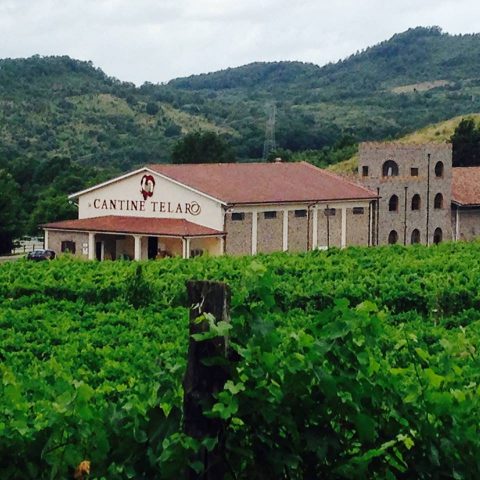The importance of cooperatives

In a conversation with Ruenza Santandrea, the brilliant president of Cevico, one of Italy’s leading wine cooperatives, based in Lugo, Romagna, we discovered something we both felt deeply about a perplexing aspect of the wine world. Even people see themselves as being on the political Left, and thus should look with favor on cooperatives, seem to turn up their noses when it comes to wine cooperatives. It is not easy to understand why this is because many cooperatives are very ‘politically correct’. They offer many grape growers efficient access to the market and, above all, these cooperatives are in the best position to tackle complex projects, including those related to sustainable winegrowing, because they can intervene in the productive process in a precise way. For sure there are some cooperatives that are a little shady, some which have even failed, where essential public subsidies have been wasted or used very badly. However, there are other very successful ones like Cevico, Cavit, Mezza Corona, Rotalia, Settesoli, Due Palme, Cantina di Soave, Moncaro, Santadi, Terre del Vino, Cantina di Gallura, Cantina di Vermentino and Produttori di Cormons, Barbaresco, Colli Ripani, all the fantastic ones in Alto Adige, Riunite, Tollo, Cira, Castelli di Grevepesa, Chianti Geografico, Cantina di Negrar, Montalcino, Vecchia Cantina, Colli Amerini, Gotto d’Oro, Coprovi and a slew of others that are not on the tip of my tongue and to whom I apologise. In all, they account for 40% of Italy’s wine production, wines that are always correct, even when there are not good or excellent, and are sold at very reasonable prices. These are wines for those who cannot spend a fortune to buy top quality and, mostly likely, buy their wines in supermarkets. What’s more, there are some, like Riomaggiore and the cooperatives in Cinqueterre in general, or Crotta di Vegnerons in Valle d’Aosta, which also have the undeniable merit of protecting the environment, taking care of the land and maintaining dry stone walls to prevent against erosion. All things considered, there are a lot of good things about cooperatives but some critics and specialized journalists do not seem aware of this. In part this is because they are, in fact, ‘wine snobs’ but also because while they may be politically on the Left they are part of the so-called ‘radical chic’ or ‘gauche caviar’. This being the case, I decided to create a specific award for wine cooperatives in my essential Guide to Italian Wines, which this year went to Ruenza Santandrea. She heads a cooperative with 1,000 or so members, thousands of hectares of vineyards, much of which is cultivated organically, which create agricultural income through defending winegrowing in Romagna in a concrete way and one which also ensures environmental sustainability on a vast scale. I’d say this is no small feat.

 Italiano
Italiano







